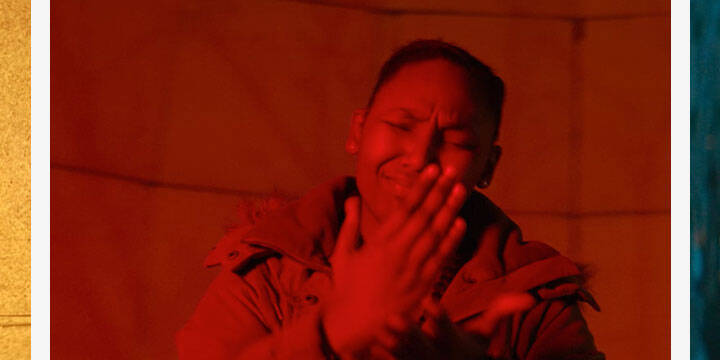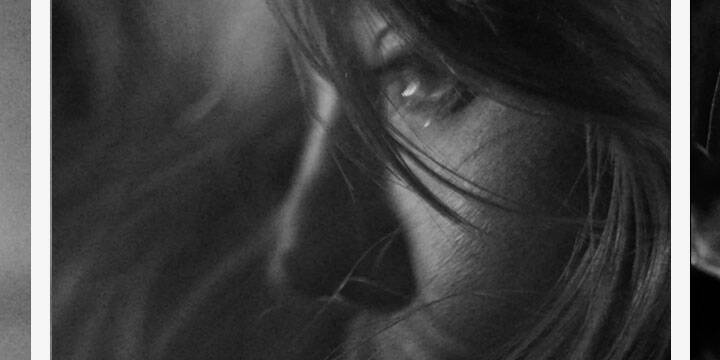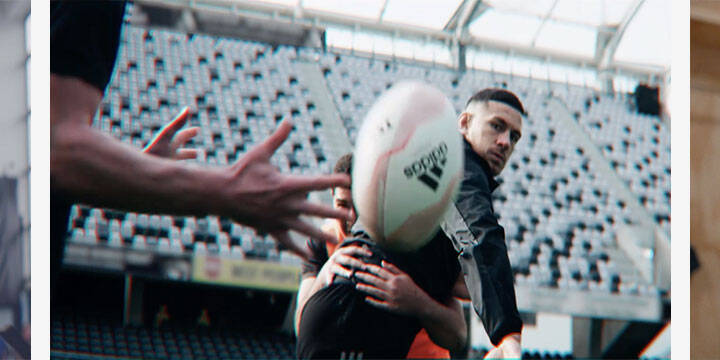Of the many mysteries swirling around Cuba, there’s one that has captured the imagination of cubaphiles, auto- enthusiasts, and dreamers: “What happened to Ernest Hemingway’s car?”
When the team and I first embarked on this film, we thought it was going to be a six month thing; we originally planned a couple of trips to Cuba, one to the US and a few days in the UK, but as the story developed and unravelled, it revealed a bureaucratic and administrative monster with all sorts of political and legal ramifications. And so, two and a half years later, I reckon we’re still only half way through covering the story, but so far it’s been, how can I put it…’different’…
An interesting story about Hemingway’s car
I first met David Soul in 2012 when he was recording a voiceover for a feature documentary my company was producing. Watching “Hutch” through the soundproof glass as his soothing Dakota voice growled through the speakers, I have to admit that I was a little bit in awe. I don’t usually get phased by the whole celebrity thing, but being a child of the 70’s I used to sit glued to shows like Starsky & Hutch, so this guy was an icon for me.
Sometime later I got a call from David and he told me about a recent trip he had made to Cuba during which he had visited a friend called Ada Rosa, curator at the Ernest Hemingway museum in Havana, Cuba. Ada Rosa had told him of a predicament she was in: Ernest Hemingway’s rare 1955 Chrysler New Yorker Deluxe Convertible, which has mysteriously been missing for over fifty years, had just been found in a garage on the outskirts of the city. This was an important discovery from a historical point of view but the car was in a pretty sorry state so the museum would have to carry out extensive restoration. Anyone who’s been to Cuba will have witnessed first hand how a fifty-three year old trade embargo has forced Cubans to learn ingenious ways to keep their old cars going way beyond their natural working lives. So finding local craftsmen to carry out the work on the restoration wouldn’t be a problem but obtaining the original parts with US sanctions in place would be.
Ada Rosa had tried various avenues but each time had come up against the same hurdle: the US trade embargo. As she explained her plight, David impulsively offered to help. He had recently obtained his UK citizenship so he figured the US embargo wouldn’t apply to him. He would return to the UK and try to source the parts from there and somehow get them shipped to Cuba. He didn’t have a clue about car restoration but he was determined to help, particularly as Hemingway was one of his literary heroes.
When he finished telling me the story, David asked if I thought it had any legs for a documentary. Aside from the fascinating storyline, I have to admit that as a Lighting Cameraman my immediate thoughts were about all the wonderful cinematic shots to be had in Cuba. The prospect of having the opportunity to capture a unique story at a unique period in Cuban history and possibly experience a nation in transition had me drooling.
I run a small indie production company called Red Earth Studio with my brother Ces Terranova so I put the idea past him and we agreed there was mileage in the story and it was worth a punt. We brought in Greg Atkins, a producer-director who we’ve worked with a lot and he loved the idea as well so we agreed to a co-production with David’s company Kindling Productions. The working title of the film would be ‘Cuban Soul’
Back then, my run-and-gun camera of choice was our workhorse PDW800. But for this project I wanted something with more depth, something more ‘cinematic’. I had tried the C300 and really liked the results it produced in C-Log. Skin-tones were lovely and grading it was a treat. So we decided that this was the right camera for the project and invested in an EF body which we could use with our Canon zooms (16-35mm, 24-70mm and 70-200mm). I found the jump from the ENG cameras, which I’d used for so many years, to the little Canon took some getting used to but after a couple of ‘acclimatising’ shoots I packed my slider and we set off to Cuba. What a place to go and test out all this new kit!
Cuba, a cameraman’s wet dream
I had previously been to Cuba in 2000 when I filmed a three-hour interview with Maradona in a rehab and treatment centre on the outskirts of Havana. In the six days we were there, the crew and I spent most our time playing cat and mouse games around the city with his manager. That’s a story for another time but the point is that we did get to spend a few hours roaming around the city and I remember feeling like I was in a time warp back to the 1950s. You can’t help but marvel at the dilapidated architecture, half collapsed buildings, the dimly sodium-lit streets, the old cars, the empty stores void of any groceries and the friendliness of the people and the resolve they seemed to have living on so little every day. I wished to be back some day again to film something a bit juicier than just an interview and get to know this place better.
Twelve years on and here I was, back filming along the same streets; nothing about the city had changed. The houses were still crumbling away; the cars were still held together with some sort of Cuban magic glue and cruising along the bumpy asphalt of the Malecón.
There was something odd that I couldn’t quite put my finger on but eventually it came to me: there is no advertising. Whether on billboards or on buses, there isn’t a brand in sight and it makes the place even more surreal but actually is really refreshing.
One of the important elements of this film was to capture real Cubans and real Cuban life. So we ventured away from the tourist areas. The streets are so full of life, buzzing with movement. There was no need to run around filming from different angles. We could just observe from one spot and wait, something would always happen. An interesting person/car/bike/cart/horse/dog/child would always wander into the scene. So many faces full of character, so much colour, so many micro stories happening all around. I loved it. It was so raw and real. The boys playing dominos by the side of the road, the motorcycle mechanic playing on his guitar while stray kittens loitered around his feet, the drunk getting his bottle refilled by a woman selling homemade brew through a hole in the wall. The children playing baseball on the street or splashing around in the gutter where a broken water hydrant spewed water all over the road.
There were so many powerful iconic shots to be had. Amazingly, not one of these locals batted an eyelid as I poked my camera in and out of their lives. It was like I wasn’t there. I’m not used to it but to be able to film life just happening in front of your lens and not one single person come up and question you, ask to see your permit, ask you to leave, stop you from filming… it really was liberating.
When we were first lead to the location of the infamous vehicle, I remember we were all slightly taken aback. Ernest Hemingway’s 1955 Chrysler New Yorker Deluxe Convertible was stored in someone’s back yard, surrounded by jungle-like plantation, exposed to all the elements amongst tools, engines parts, other cars, chickens and the resident goats. It was more like a rusting carcass than an actual car. This was the first time any of us had seen the car and we had no idea that it would be in such poor shape. Everything was falling to bits, everything needed replacing. The engine block sat on the garage floor in a sorry state; it also would need rebuilding. It certainly seemed to me like David had bitten off more than he could chew bearing in mind he knows nothing about car restoration and the fact that only nine hundred of these cars were produced in the mid 1950s.
Legal trouble
Since then the story has taken several twists and turns. David managed to find sources for the original parts and for a while seemed to be on track for getting everything to Cuba. But in 2013 he was hit with the news that his activities were in fact in breach of the US embargo, and could be facing enormous fines and even jail if convicted. Even worse was that the threat was extended to the individuals who had come forward from all walks of life to supply and even donate the parts. The suppliers all recoiled and shut everything down. They were all spooked by the news.
Fortunately for our documentary, David is a feisty character and won’t take this kind of thing lying down. He resolved to fight the system on the grounds that this political nonsense, a relic of the cold war, had no business in a cultural project of this kind. We followed him to Washington where he sought the advice of lawyers, lobbyists and senators. He then openly declared his activities to the US authorities and awaited their verdict that would determine his fate.
It turns out that he had to wait over a year before finally learning the outcome of this decision. During that time all online activities relating to the project had to go offline. A blanket media ban was self-imposed for legal reasons, including on us, the film crew making the documentary. All social media, online trailers and clips, everything had to come down. And the outcome? Well, I’m afraid I can’t say any more on that; to learn more you’ll just have to watch the film!
But what I can say is that while he waited, David was determined to push on. We returned to Havana a couple more times and filmed the mechanics opening up the boxes of goodies David had sent them. Their excitement is infectious. Cuban mechanics are used to having to recycle everything, so to receive brand new parts for a 55’ vehicle is really special. Even handing over my Gaffa tape was like receiving manna from heaven. Nothing is thrown to waste in Cuba, everything has a purpose or is re-used in another capacity.
The technical stuff
It seemed buying the C300 was a good call for 2013/2014, every job I was booked on requested it. There was nothing else really that compared with it at the time. The only downside is that I found it so damn fiddly. I suppose I’m more used to having all the controls spread out over a wider body camera and not having to search in the menu for an item.
Adding a set of Samyangs to the kit solved the painful aperture issue as I could finally expose with the iris on the lens rather than with the ridiculous dial on the side of the camera. For the price, these lenses are a great buy on a budget. They gave the footage a much better bokeh than the Canon EF zooms. The cheap coating also gives off some lovely flares, especially on the 85mm.
We screened a rough assembly recently on a 13 ft screen at MPC in London and I must say, I really did not expect it to look that good. Considering the camera is only 8-bit and we’d boshed a rough grade on, it really held up well when blown up.
Nonetheless it’s surprising how quick cameras are out of date and last year our C300 was upgraded to a Sony F55 with a set of Canon CN-E lenses. The Samyangs now sit collecting dust on our kit room shelf.
I had some initial concerns about how the F55 footage would sit next to the C300 stuff. It produces a much crisper picture, quite hard in the details, and somehow lacks that ‘organic’ feel. But my fears were alleviated once we put it through some grade tests and now I don’t look back. I’d like to think that the F55 is what I’ll be using for at least the next couple of years, before the next fad comes along but maybe that’s wishful thinking.
Right, now back to finishing this film…
Shot on a Canon C300 and a Sony F55.











